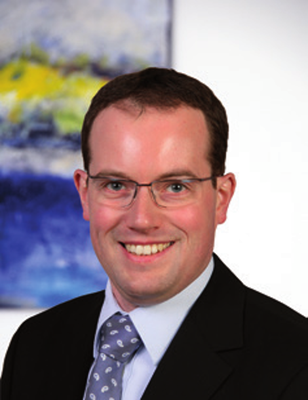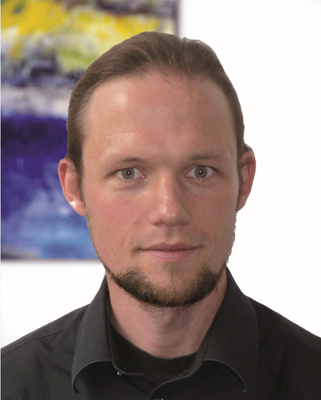Simulation of continuous fiber reinforced composites
Increasing requirements on stiffness and strength together with the need to reduce weight, lead to further developments of continuous fiber reinforced composites within the last decades. Nowadays, those materials are not only used to manufacture special- or unimportant components, but also for structural relevant components of high-volume production applications. Therefore, it is necessary to develop procedures allowing to quantify the complex load carrying and failure as well as damage mechanisms of these materials within numerical simulations.
Continuous fiber reinforced composites usually consist of unidirectional or woven glass or carbon fibers embedded within thin layers of resin. This seminar shall give an overview on possible modeling techniques for this group of materials. The strong anisotropy of such composite structures leads to complex structural mechanic effects, which need to be captured within simulation. Therefore, the material models being available in LS-DYNA and partly being developed at the DYNAmore company will be introduced and discussed thoroughly. Furthermore, different modeling techniques allowing to capture the phenomenon of delamination will be shown. The capabilities and limits of the composite simulation possibilities will be illustrated with small examples.
In addition, the so far available possibilities to perform draping analysis within LS-DYNA will be explained. Nowadays, those simulations are often performed to predict wrinkles, fiber orientations and initial stresses within an early design phase. The transformation of the results from the process simulation onto meshes for further analysis such as failure or spring-back analysis will be introduced using the mapping tool ENVYO®.
Contents
- Introduction to composite materials
- Explanation of anisotropy and direction definitions
- Classical laminate theory
- Material modeling
- Introduction and discussion of material models for continuous fiber reinforced composites available in LS-DYNA
- Failure criteria such as Chang-Chang, Tsai-Wu, Hashin
- Structural modeling and model assumptions
- Draping simulations and a closed simulation process chain using ENVYO®
- Delamination modeling
- Cohesive elements and tiebreak-contacts
- Visualization of analysis results in LS-PrePost
- Explanation of principle effects using examples
| Dates | Duration/days | Calendar | Registration | Referee | Language | Location | Fee |
|---|---|---|---|---|---|---|---|
| 13.05.2025, 09:00 - 17:00 | 2 days | Add to calendar | Registration | Christian Liebold | English | Stuttgart (GER) | 1050 € |
| 06.10.2025, 09:00 - 17:00 | 2 days | Add to calendar | Registration | Christian Liebold | English | Stuttgart (GER) | 1050 € |
Lecturers
Thomas Klöppel

Dr.-Ing.
Areas of expertise:
Composites, welding processes, thermal forming processes
Academic studies:
Mathematics
Christian Liebold

Dipl.-Ing.
Area of expertise:
Composites
Academic studies:
Aerospace engineering